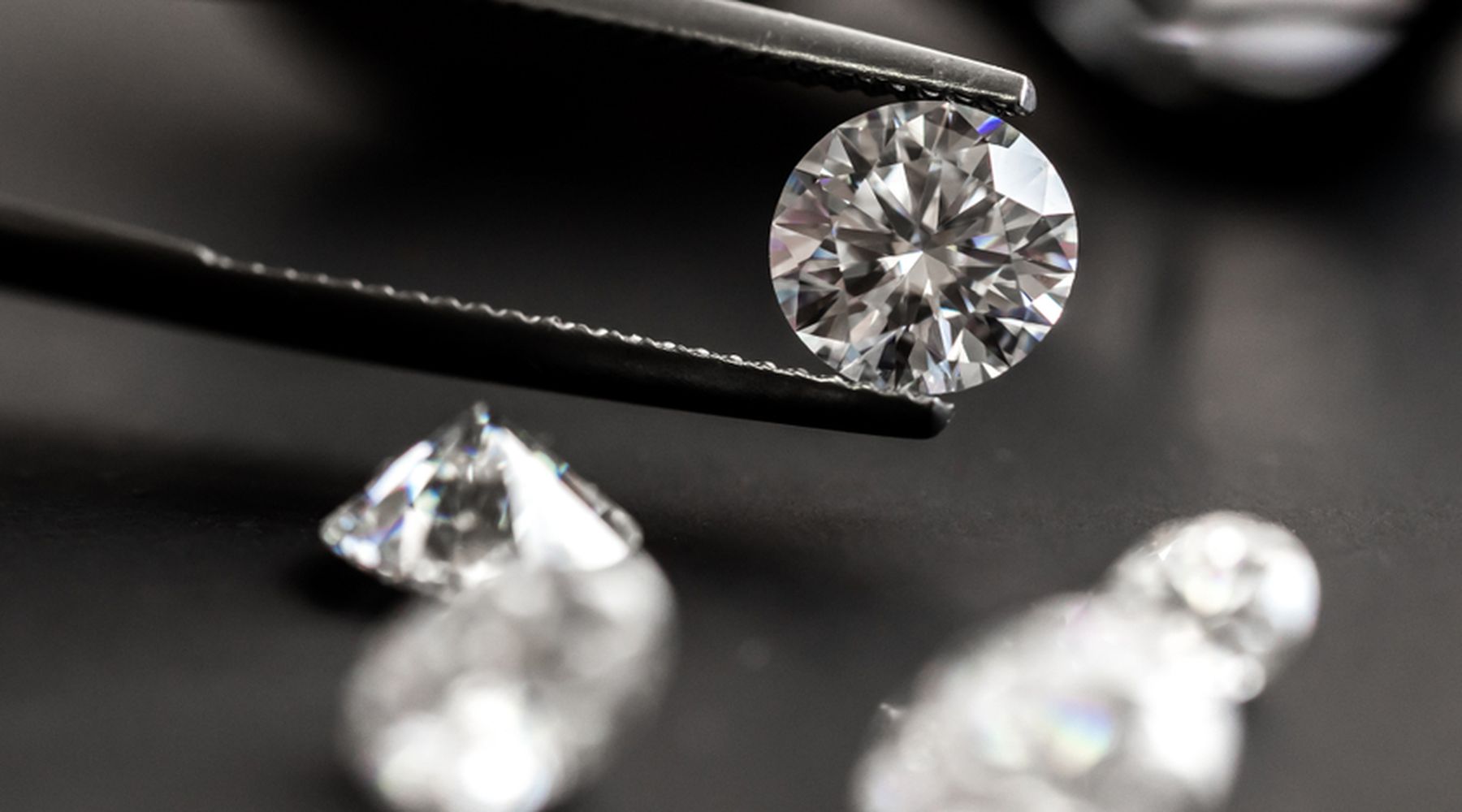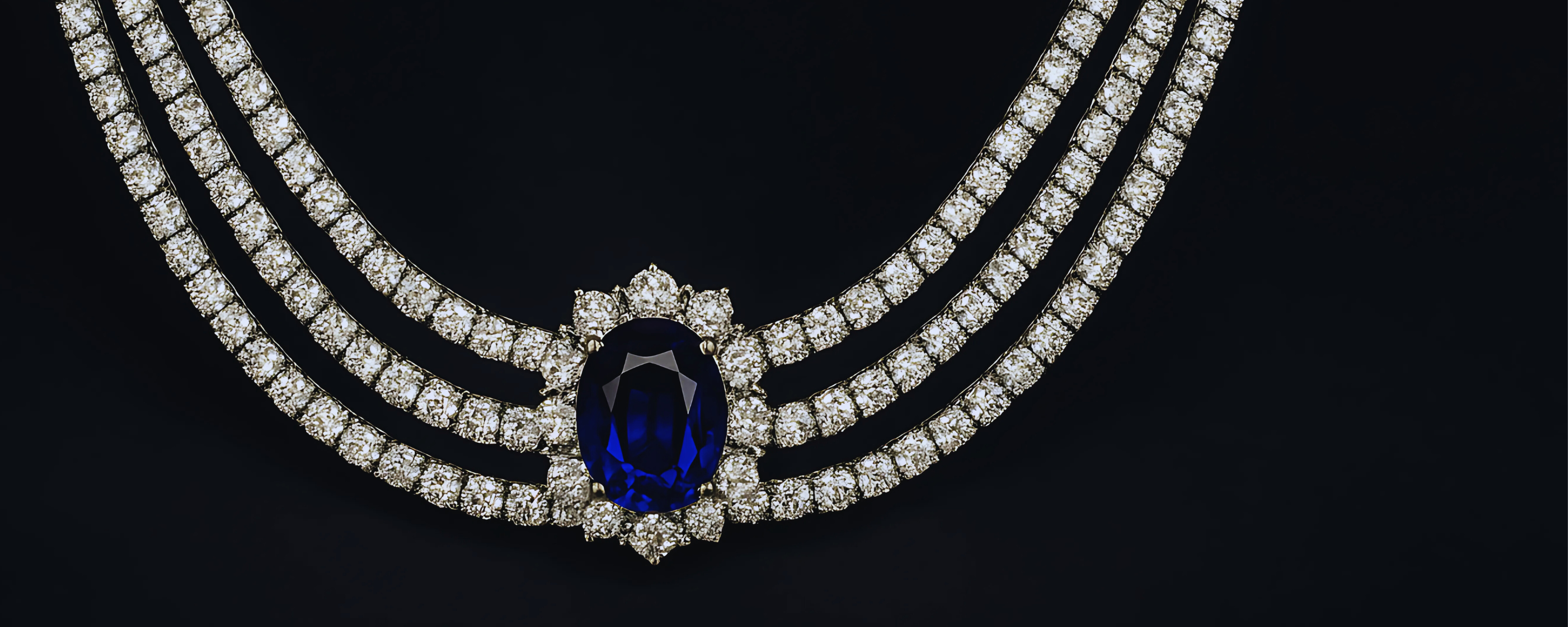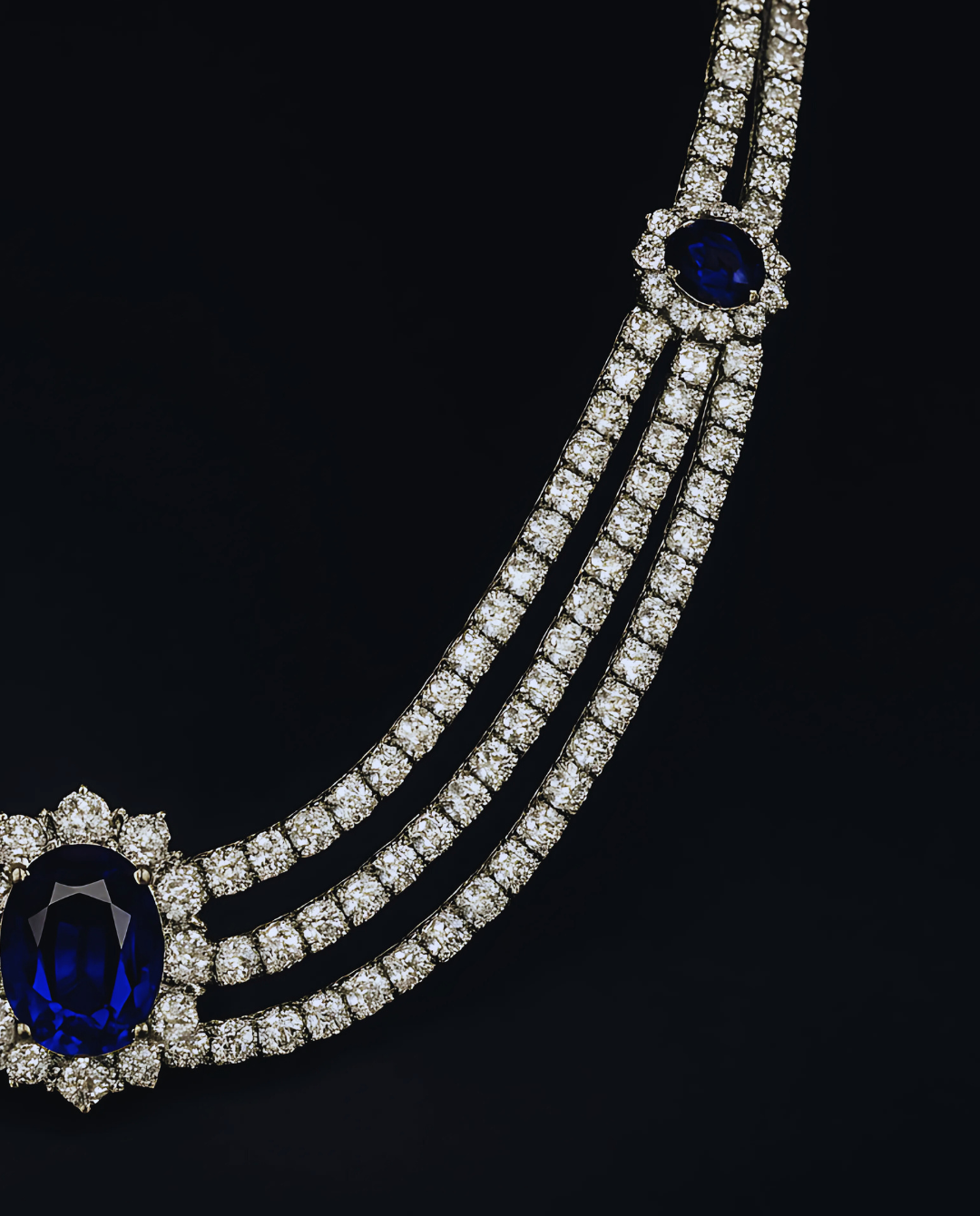Moissanite vs. Lab Diamond Engagement Rings
In the realm of engagement rings, the choice between moissanite and lab-grown diamonds has become increasingly prevalent. Both offer exquisite beauty and ethical alternatives to traditional mined diamonds. Yet, discerning between the two can be a daunting task for couples seeking the perfect symbol of their commitment.
Within this thorough investigation, we examine the roots, attributes, and nuances of moissanite and lab diamonds, providing you with insights to arrive at a decision that resonates with your desires and values.
What is Moissanite?
Moissanite, an extraordinary gemstone, boasts a fascinating origin story that links it to the depths of outer space. Initially found within a meteorite crater, this naturally occurring silicon carbide has captivated many with its distinct allure. Renowned for its brilliance, hardness, and exceptional optical properties, moissanite has become a sought-after option in engagement rings, presenting a stunning diamond alternative.
The scarcity of natural moissanite spurred the creation of lab-grown versions, widening the availability of this radiant gem and spreading its brilliance to countless jewellery lovers.
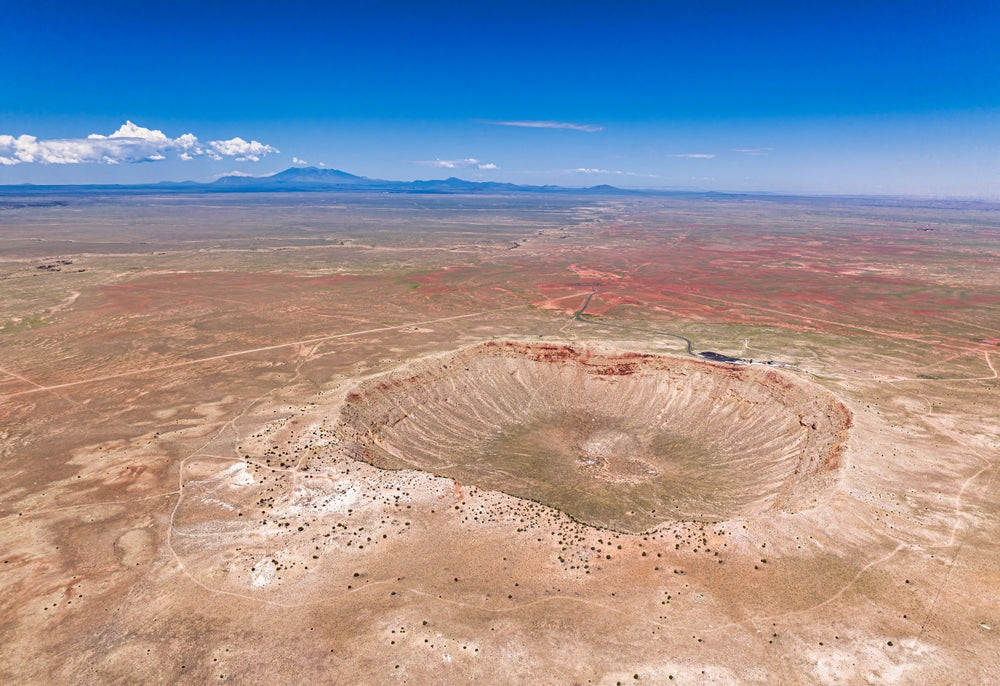
History of Moissanite Gemstones
The story of moissanite stone shines brightly with fascination and exploration, starting with Henri Moissan's discovery in an Arizona meteorite crater in 1893. At first, these dazzling crystals were mistaken for diamonds because of their brilliant sparkle and fiery glow. Moissan's accidental find sparked his curiosity, leading him to realise that he had stumbled upon a remarkable new mineral. Initially believed to be a type of diamond from Earth, further examination revealed moissanite's extraterrestrial origins.
The unique properties of moissanite caught the discerning eyes of Charles and Colvard, who recognised the gem's potential to captivate a wider audience. In 1998, they achieved a breakthrough by successfully developing a method to create gem-quality moissanite. This marked the inception of moissanite's popularity as an enchanting and affordable alternative to traditional diamonds.
Fast forward to the present day, and moissanite proudly stands as an ethically sourced gem, offering an eco-conscious choice for those seeking an alternative to conventional diamonds. With advancements in technology and a dedicated commitment to sustainability, moissanite emerges as a symbol of responsible luxury, embodying the spirit of a gem for the modern era.
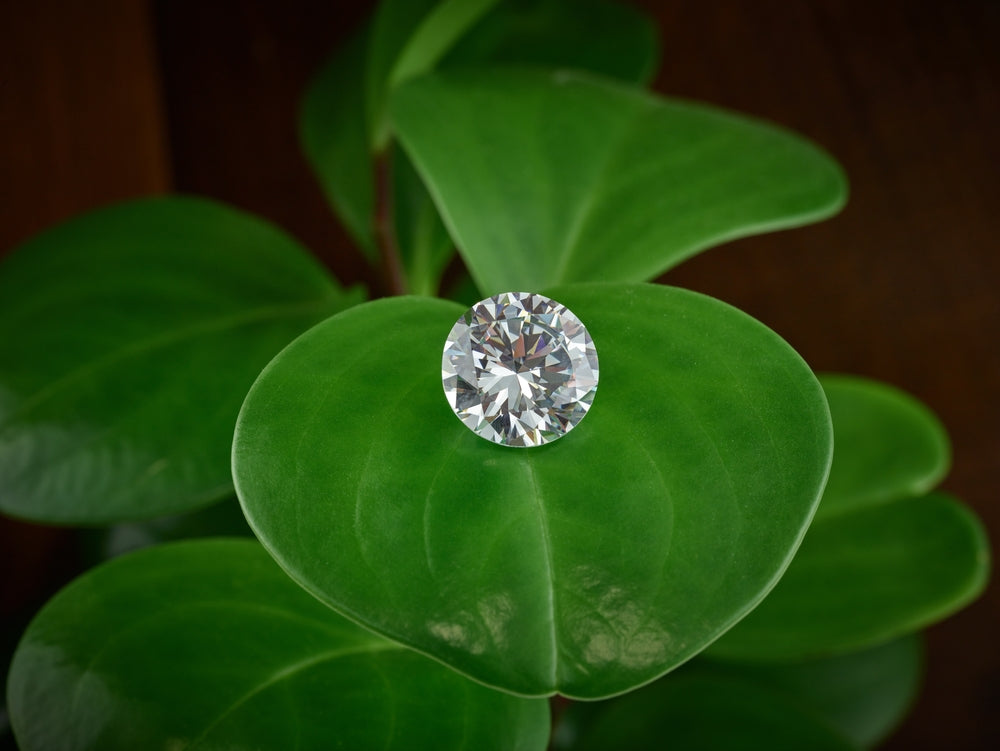
History of Lab Grown Diamonds
The intriguing history of lab-grown diamonds traces back to the mid-20th century, where scientists embarked on a journey to replicate the Earth's geological forces in a controlled environment. Today, these gems are brought to life using cutting-edge technological methods that mimic the natural diamond-growing process, enabling the recreation of the awe-inspiring beauty found deep within the Earth.
The jewellery industry witnessed a pivotal moment in the 1950s with the introduction of the first commercially available lab-grown diamond. This marked a transformative shift, laying the foundation for an ethical and sustainable alternative to earth-mined diamonds.
“Lab diamonds have technically been around since the 50s, but it wasn’t until about 2006 that they started to enter the luxury jewellery market in earnest.” added Laura Chavez, Lark & Berry founder.
“And it wouldn’t be until years later that lab diamonds started to become competitive in the engagement ring sector. 2006 was also a pivotal moment in western culture for the awareness of mined diamonds’ potential harms – that was when ‘Blood Diamond’ the movie came out, and it was when I became aware of how buying jewellery guilt-free wasn’t so simple. Years later, in 2018, when I started Lark & Berry after discovering lab grown for myself, I vowed I’d only do so if I could be an exclusively lab grown designer brand. Thankfully, we made it happen, and became the first fine designer in the world to use only lab grown.”
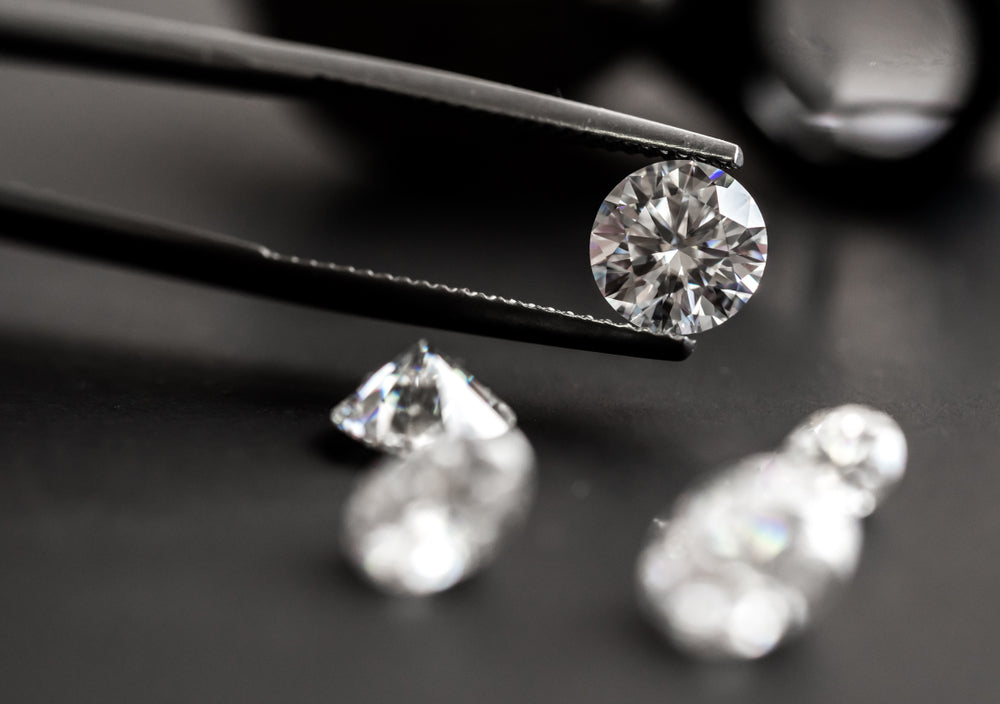
The Difference Between Lab Grown Diamonds and Moissanite
Chemical Identity
Moissanite and lab-grown diamonds, while both stunning gemstones, differ significantly in their chemical composition. Moissanite is composed of silicon carbide (SiC), a compound consisting of silicon and carbon atoms arranged in a unique crystal structure. This structure gives moissanite its distinct properties, including exceptional hardness and brilliance.
On the other hand, lab-grown diamonds are chemically identical to natural diamonds, consisting solely of carbon atoms arranged in a cubic crystal lattice. This similarity results in lab-grown diamonds possessing the same hardness, brilliance, and optical properties as their naturally occurring counterparts.
While both moissanite and lab-grown diamonds offer brilliant alternatives to natural diamonds, their differing chemical compositions provide each with its own distinct characteristics and appeal.
Creation Methods: Moissanite vs. Lab-Grown Diamonds
Moissanite is a naturally occurring mineral, but most of the moissanite used in jewellery today is created in a lab setting through a process called high-temperature synthesis. This involves heating silicon carbide to extreme temperatures until it crystallises into moissanite gemstones.
Lab-grown diamonds, on the other hand, are created using either chemical vapour deposition (CVD) or high-pressure high-temperature (HPHT) methods. In CVD, carbon-rich gasses break down and accumulate on a diamond seed, forming a diamond crystal layer by layer. HPHT involves subjecting a diamond seed to high pressure and temperature, causing carbon atoms to crystallise around the seed.
While both moissanite and lab-grown diamonds are created in controlled environments, moissanite is specifically synthesised from silicon carbide, while lab-grown diamonds replicate the natural formation process of diamonds using carbon.
Colour Grade and Clarity
In the comparison between moissanite and lab diamonds, a critical consideration is the colour spectrum. Moissanite tends to display more colourful flashes, whereas lab diamonds exude a colourless purity, reflecting a timeless and classic beauty. As for clarity, both moissanite and lab diamonds can attain exceptional grades, providing a diverse range of options to suit individual preferences.
Price Point and Affordability
One of the key factors driving the popularity of moissanite and lab diamonds is their affordability compared to natural diamonds. Moissanite, being more abundant, often comes at a lower price point, making it an attractive option for those seeking budget-friendly alternatives. However, lab diamonds, while competitively priced, offer the allure of genuine diamond luxury without the ethical concerns associated with mined diamonds.
“I’ve been impressed with moissanite’s growth in the engagement ring space, and I absolutely support it as a more ethical alternative to mined diamonds,” commented Laura Chavez, Lark & Berry founder.
“We’re keeping an eye on this gemstone and are always open to considering expanding our range to include more ethical stones options – but I think especially when it comes to the engagement ring market, there’s just nothing that can truly take the place of diamonds. Their shine is just more brilliant, diamonds are the hardest rock on Earth, and they just have so much beautiful symbolism of ever-lasting love for so many. I just think diamonds are going to remain the premiere stone for engagement pieces, and that’s why, as a brand, Lark & Berry is so proud to use only lab-grown diamonds. It’s why we feature them so prominently for engagement in our marketing. We want everyone to make the switch from mined diamonds, especially seeing as I don’t think diamonds are going away any time soon as the top choice.”
Brilliance
When comparing brilliance, both moissanite and lab-grown diamonds shine brightly. Moissanite dazzles with its exceptional refractive index, creating a stunning array of rainbow-like colours. Meanwhile, lab-grown diamonds, featuring meticulously cut facets, emit a brilliance comparable to natural diamonds. Ultimately, choosing between the two comes down to personal taste and the desired aesthetic for your jewellery piece.
Endurance and Everyday Wear
When considering durability in engagement rings, both lab-grown diamonds and moissanite offer impressive resilience. Lab-grown diamonds, sharing the same chemical composition as natural diamonds, are renowned for their hardness, scoring a perfect 10 on the Mohs scale. This means they are highly resistant to scratches and everyday wear, making them an excellent choice for long-term wear in engagement rings.
Moissanite, although slightly less hard than diamonds, still ranks high on the Mohs scale at around 9.25. This makes moissanite highly durable and suitable for everyday wear, with minimal risk of scratching or damage. Ultimately, both lab-grown diamonds and moissanite provide couples with durable options for engagement rings that can withstand the rigors of daily life with ease.

Lab Created Diamonds vs. Moissanite: The Choice Is Yours
Moissanite, with its extraterrestrial origins and captivating brilliance, stands as an alluring option steeped in history. Conversely, lab-grown diamonds, a testament to human ingenuity, represent a harmonious blend of luxury and ethical responsibility.
As trends in the jewellery industry progress, there is a noticeable inclination towards lab-grown diamonds. With advancements in technology and a growing awareness of environmental impact, couples are increasingly drawn to the allure of genuine diamonds without the ethical concerns associated with traditional mining. The statistics reveal a changing landscape, highlighting the rising popularity of lab-grown diamonds in the engagement ring market.
While moissanite boasts its own charm with affordability and a unique sparkle, the ascendancy of lab-grown diamonds suggests a shift towards a more sustainable and ethically conscious future.
Whether captivated by the cosmic allure of moissanite or enticed by the sustainable luxury of lab-grown diamond engagement rings, both options offer a spectrum of choices for couples to express their love in a way that aligns with their values and preferences. Ultimately, the beauty of this decision lies in the eye of the beholder, where the story behind the gem becomes an integral part of the enduring narrative of love.

